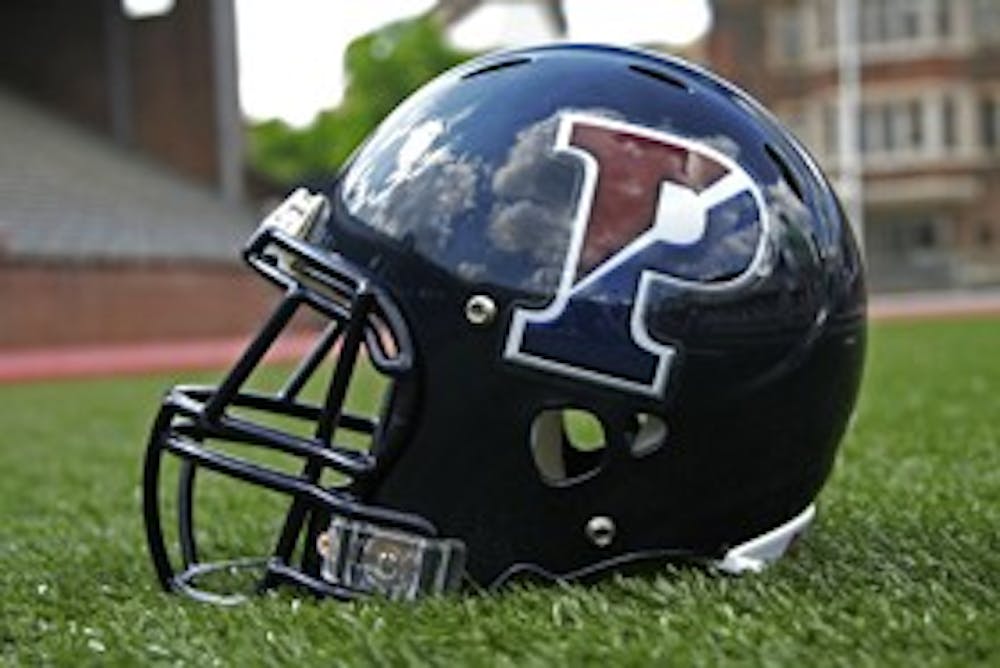Following Tuesday’s announcement that former Penn football player Owen Thomas was found to have chronic traumatic encephalopathy — a neurodegenerative disease found in athletes who have had head trauma — questions linger as to how colleges handle treatment of concussions.
Though the NCAA has some guidelines and requirements for dealing with concussions, most of the responsibility is left to individual schools to handle cases involving head trauma.
In April, the NCAA released a set of guidelines mandating that each school establish its own concussion “management plan.” These plans must stipulate that a player who shows symptoms of a concussion may not return to practice or play on that day.
The student-athlete must then be evaluated before rejoining the team.
According to an NCAA press release, “medical clearance shall be determined by the team physician or [the school’s] designee, according to their concussion management plan.”
While the NCAA recommends certain “evaluative measures,” no specific assessment tools are required.
The NCAA also distributes two posters and two fact sheets on concussion awareness and prevention to each member school.
But NCAA literature makes it clear that “ultimately, it is the school’s responsibility to protect the health of its student-athletes.”
According to a statement from Director of Athletic Communications Mike Mahoney, “Penn has an established protocol to immediately evaluate and remove athletes from practice, play and activity if they show signs and/or report signs of a possible concussion or head injury. If a diagnosis is made, there is a set-in-stone procedure for dealing with it.”
Director of Athletics Steve Bilsky told The Daily Pennsylvanian last Wednesday that concussion management has always been a concern for Penn.
National attention turned to the issue after Thomas, who committed suicide last April, became the first active amateur football player to be diagnosed with CTE, a disease linked to depression and impulse control.
According to his mother, Thomas never showed signs of having concussions or headaches.
“I think we’ve always been conservative in the Ivy League,” Bilsky said. “If a kid gets dinged, he’s pretty much out, where in the NFL, maybe if they answered a question right, they’d put him right back in.”
Dave Hovda, a brain injury researcher at University of California, Los Angeles, spoke to the Bruins’ concussion protocol.
“Not only do we not let [athletes] practice or play, we’ll take them out of school, and we won’t let them even work scholastically until their symptoms go away, until they have an appropriate brain scan,” he said.
Penn benefits from having both the medical and financial resources to handle concussions. “We have a wonderful neurology department,” Bilsky said. “There’s a lot more testing going on right now to observe things other than ‘are you nauseous?’
“If you’re nauseous, you’re not playing,” he added. “If you’re seeing double, you’re not playing. But now they put you through a battery of tests that are able to determine most light concussions, and you’ll sit out for awhile.”
According to Hovda, some other institutions are not as fortunate.
Sports Editor Calder Silcox contributed reporting to this article.



